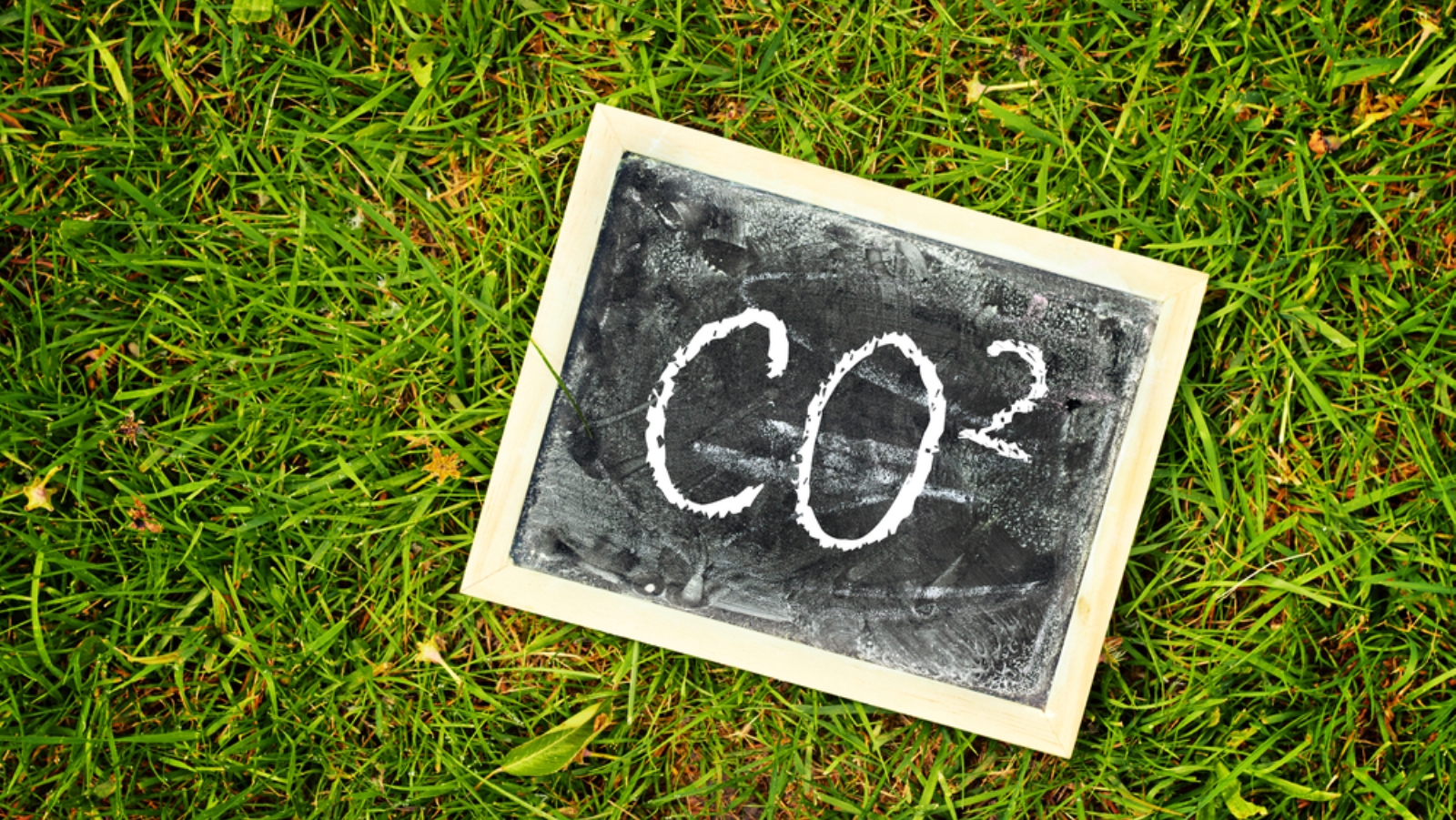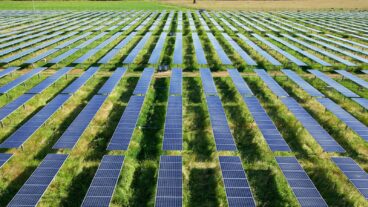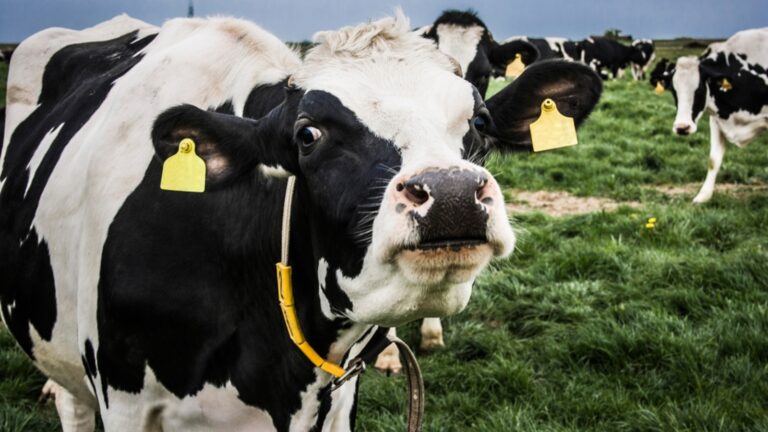While plants take carbon dioxide (CO2) from the environment, add solar or other energy and turn it into life-essential sugars, animals consume sugars and then release carbon dioxide into the atmosphere.
A group of researchers at Israel’s Weizmann Institute of Science found a way to reprogram live bacteria to take CO2 from the environment and produce the sugars needed to fuel bodily functions.
This ability, called carbon fixation, could help in the face of future food challenges as the world population grows and natural resources shrink, says lead researcher Niv Antonovsky, who led the study in Prof. Ron Milo’s lab at the Institute’s Plant and Environmental Sciences Department.

The scientists began by inserting the metabolic pathway for carbon fixation and sugar production into the bacterium E. coli, which normally eats sugar and releases carbon dioxide.
While the bacteria did indeed produce functional carbon fixation enzymes, however, they failed to use CO2 for sugar synthesis.
“Of course, we were dealing with an organism that has evolved over millions of years to eat sugar, not CO2,” said Antonovsky. “So we turned to evolution to help us create the system we intended.”
They designed special tanks in which they nudged bacteria gradually into developing an appetite for CO2. By the third month, the bacteria were using CO2 to create a significant portion of their body mass, including all the sugars needed to make the cell.
These evolved bacteria still release CO2, but the team believes it has lain the groundwork for creating microorganisms or high carbon-fixing crops that soak up atmospheric CO2 and convert it into stored energy.
“The ability to program or reengineer E. coli to fix carbon could give researchers a new toolbox for studying and improving this basic process,” said Milo.
















